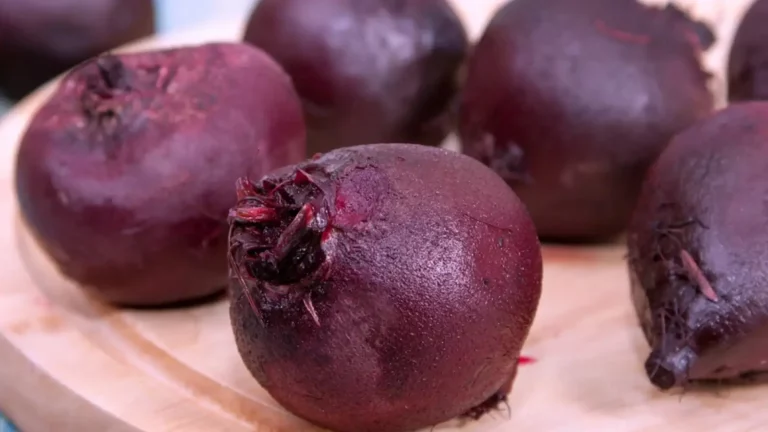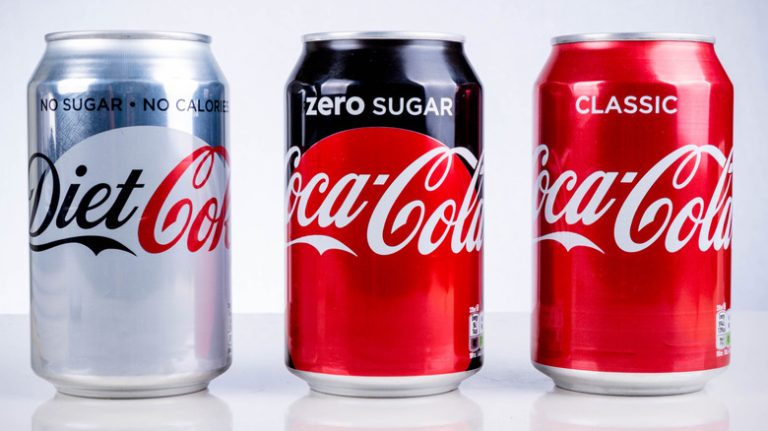MiO is a zero-calorie, sugar-free flavored water enhancer available on most grocery store shelves. It comes in numerous flavors, and you simply need to add a few drops to a glass of water for a tasty beverage option. However, are these drinks healthy?
One clear advantage of using MiO is for those who find it difficult to drink enough water throughout the day due to a dislike for plain water. Adding a flavor enhancer like MiO could help prevent dehydration. Furthermore, if you consume large amounts of soda, juice, or other sugary drinks, MiO might serve as a good alternative. Nevertheless, it’s unlikely that you’ll gain much nutritional value from the drink.
To thoroughly evaluate MiO’s health profile, let’s delve into some of the product’s primary ingredients as indicated on the label: citric acid, propylene glycol, natural flavor, sucralose and acesulfame potassium as sweeteners, and the food colorants Red 40 and Blue 1 (via My Food and Family).
Ingredients with lesser-known risk
Citric acid is a synthetic compound added to packaged foods to preserve their freshness longer. While the FDA considers it generally safe, some health experts suggest it might cause stomach upset and dental cavities (via WebMD). Currently, the risks of consuming foods with citric acid appear to be minimal.
Propylene glycol is a synthetic chemical compound also deemed “generally safe” by the FDA for use in various products like food and cosmetics. However, it has faced criticism because it is also found in coolants and antifreeze (per CDC). Despite its broad usage, it isn’t considered toxic to humans unless consumed in very large quantities.
Natural flavors might be harmful or harmless. The uncertainty arises because the term “natural flavors” in food production can refer to many things. There’s currently no standard legal definition by the FDA (via Food Drug Law Journal). Unfortunately, this label can be misleading. While it’s generally used as a broad definition that can include any essence or extract derived from natural sources, it can also encompass artificial and synthetic ingredients as well.
Ingredients that may have greater risk
When considering the potential downsides of calorie-free, sugar-free beverages, artificial sweeteners come to mind. MiO includes sucralose and acesulfame potassium, two common artificial sweeteners found in diet foods and beverages. Debates continue about whether artificial sweeteners are detrimental to health, especially concerning carcinogenesis and cancer risk (via the Journal of Pharmacology and Pharmacotherapeutics).
Food dyes are controversial concerning health impacts, yet they remain in a wide array of packaged food items. Red 40 is linked to carcinogenic compounds and hypersensitivity responses in animals (via the International Journal of Occupational and Environmental Health). Interestingly, Red 40 is restricted in Europe, requiring a warning label on food products containing it (per the New York Times). Similarly, Blue 1 is associated with hypersensitivity reactions in animal studies. While the FDA allows dyes in U.S. foods, the Center for Science in the Public Interest petitioned to ban them in 2008. The short and long-term health impacts of food dyes remain unclear, but many health experts are skeptical.
How does MiO stack up against soda?
While MiO might contain some questionable ingredients, soda also includes several additives harmful to health. WebMD reports that sodas (regular and diet) are linked to various health conditions, including high blood pressure, kidney damage, stroke, and some cancers. A 2011 study published in the journal Physiology & Behavior found that sugary drinks, including soda, elevated the risk of developing obesity and type 2 diabetes.
MiO is calorie-free, making it a potentially better option than sodas if you aim to lose or maintain your weight. This is because one can of soda can contain up to 10 teaspoons of sugar, according to the CDC. A 12-ounce soda typically contains around 155 calories, but some can have as many as 195 calories. Energy drinks may have even more calories, with some reaching 280 calories (via MedlinePlus).
Healthier ways to flavor your water
Since MiO doesn’t offer any nutritional benefits, it isn’t particularly good for you. However, it’s not necessarily bad for you either. The best approach is to enjoy it in moderation, according to Harvard Health Publishing.
For healthier water flavoring options, consider adding fruits, spices, and herbs. Berries and slices of lemons, limes, or cucumbers can brighten up a glass of water, according to the CDC. If you desire some fizz, try adding a bit of 100% juice to plain sparkling water.
But you can try other recipes too. For instance, add one cup of watermelon and two to three basil sprigs to a jar of water (via the U.S. Department of Agriculture). Alternatively, mix ⅓ cup of diced mango with ¼” of ginger root. If you like cinnamon, add a dash of the spice with ¼ of an orange, ⅛ teaspoon of vanilla extract, and half a teaspoon of cardamom. Simply add the ingredients to your water and let it sit for a few minutes. Infuser bottles can also help with the process.




